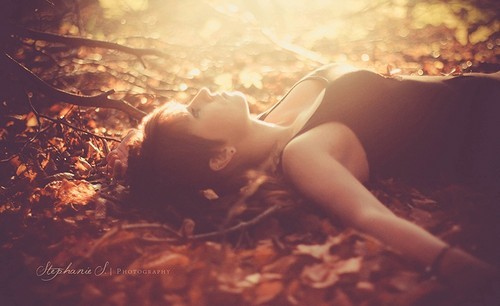Table of Contents
Introduction
Beautiful sunset or sunrise scenery only appears in less than 20 minutes before and after sunset and sunrise. The excellent color temperature at this time, combined with the appropriate clouds and terrain, not only photographers, but also ordinary people can not help but be moved by this beautiful scenery.
Photography, in many cases, shows the effect of light and shadow. At sunrise and sunset, the angle of the sun’s rays is low, and the light quality is soft and warm. The whole picture is full of seductive charm. Presumably any photography enthusiast will not easily miss this opportunity, right? However, it is not an easy thing to record the beautiful sunrise and sunset perfectly in just a few minutes.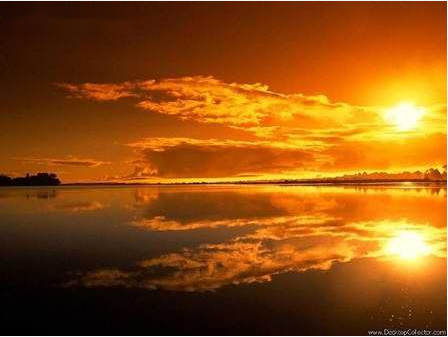
Preliminary Preparations:
1. Where should I go?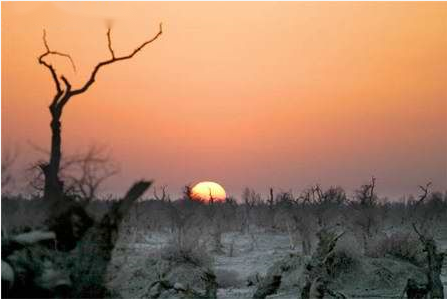
I came up with the idea of shooting sunrises and sunsets, and the first question I thought about was: Where should I go to shoot? Of course, you must choose a place where you can see the sunrise or sunset. If conditions permit, it is better to choose to shoot in the wild. After all, the air in the wild is much clearer than in the city.
But whether in the wild or in the city, the chosen location should be relatively open, and the terrain should be high. Choose a place with relatively high terrain, such as a mountain, and choose a high-down angle for the shooting angle. In this way, there will be no redundant objects near and on the ground to block the sun when framing, which is beneficial to the performance of the main content. When the sun rises, the overlapping mountains and peaks are in great backlight, which will produce a rich layered effect. If shooting in the city, you can choose a higher building, which has the same effect and richer layers.
In addition, a high shooting viewpoint is also beneficial for improving the contrast and composition of the picture. Of course, it does not mean that high terrain must be selected when shooting this type of subject matter. If your location has a wide enough field of vision, such as a large lake, such a location is also an excellent location for shooting sunrises and sunsets.
So choose a location to shoot without having a fixed mindset. As long as you can express your own photography ideas, it is a wonderful shooting location. The choice of location is very important in photographing this type of landscape subject matter. Choosing the right location for shooting sunrises and sunsets is half the battle!
2. When should I shoot?
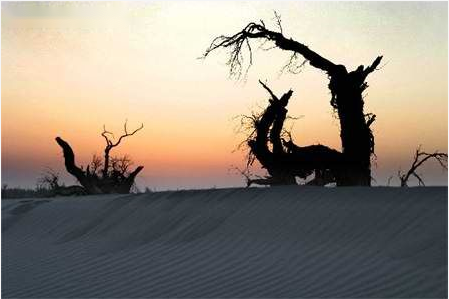
The timing of sunrise and sunset is very strong, and the performance is different in different seasons and different time periods. This requires us to pay great attention to the choice of shooting time between shooting. In terms of seasons, the best seasons to shoot sunrises and sunsets are spring and autumn. These two seasons have a later sunrise and an earlier sunset than summer, which is favorable for shooting. In spring and autumn, there are more clouds, which can increase the effect of shooting.
The specific time is determined according to the author’s intention, the choice of location, as well as the local sunrise and sunset timetable and the season at that time. Before shooting, you can pay attention to the time when the sun is setting. If possible, ask the local meteorological department for a sunrise and sunset timetable. If it’s convenient, go to the place you choose and click several times, so that you can know the time of shooting. In addition, before you set off, pay more attention to the weather forecast for the day! If it’s cloudy or rainy…
Specific Shooting Articles:
On a morning when the dew wets jeans, or in the evening when the sky is full of clouds, you come to an open lake, or stand on a certain peak of the city, set up your beloved camera, and aim at the sunken or not yet rising of the sun. What a photography trip that must have been.
1. When should I press the shutter?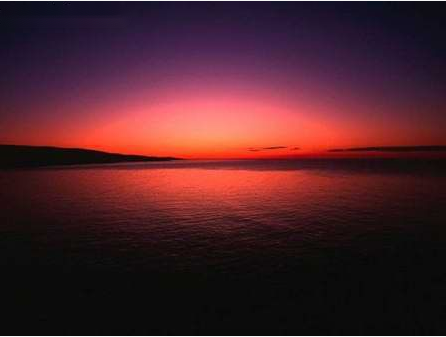
The time of sunrise or sunset is very short, and every minute of this short period of time may have a great change in the scenery. Take sunset as an example, sunset also has several processes, which can be divided into four. That is, the sun turns yellow, enters the shape of a long egg that turns red, and then disappears on the horizontal line, until the sky turns from red to purple and then to dark blue.
The light in it varies greatly, from blazing sunlight to deep blue. And the foreground (such as the city light) also lights up. It may seem like a long time, but the sun disappears on a mountain or horizon so quickly that it may take less than two minutes for the sun to set. If you are not careful, you will not be able to grasp it.
And after the sun goes down, the wonderful colors are just beginning. Or nothing for ten minutes after the sun goes down, a faint patch. The sky was getting darker and darker, and at this time, I saw my colleagues start to pack up their equipment and go home. But in fact, for most of the half hour after sunset, the sky is very good. If shooting in the city, the lights in the city become the best subject. Many perfect sunset photos were completed at that time, because the light difference was narrowed, and the foreground of buildings or countryside was still layered, so they were very beautiful.
2. Selection of shooting timing
When the sun just rises from the horizon, or when the sun is about to set in the west, there is a certain morning or sunset on the ground that covers the light scattered by the sun, and a round sun with no light scattering appears. That’s when it’s time to photograph the sunrise or sunset.
At the beginning of the shooting, the shooting should start when the sun has not yet risen and the sky begins to appear colorful. At sunset, you should start shooting when the sun begins to weaken and the surrounding sky or clouds begin to appear red or yellow.
When shooting sunset, if the timing is too early, the brightness of the sun is still strong, and aiming at the strong sunlight will make the photographer’s eyes feel uncomfortable. In addition, strong sunlight will burn the CCD of the digital camera.
When shooting the sunrise, you should stop shooting when the sun has risen enough to produce a relatively strong light.
The changing of the morning or sunset is impermanent and rapid, which requires the photographer to maintain concentration, find the appropriate composition and timing to press the shutter of the camera in hand.
(To Be Continued)
